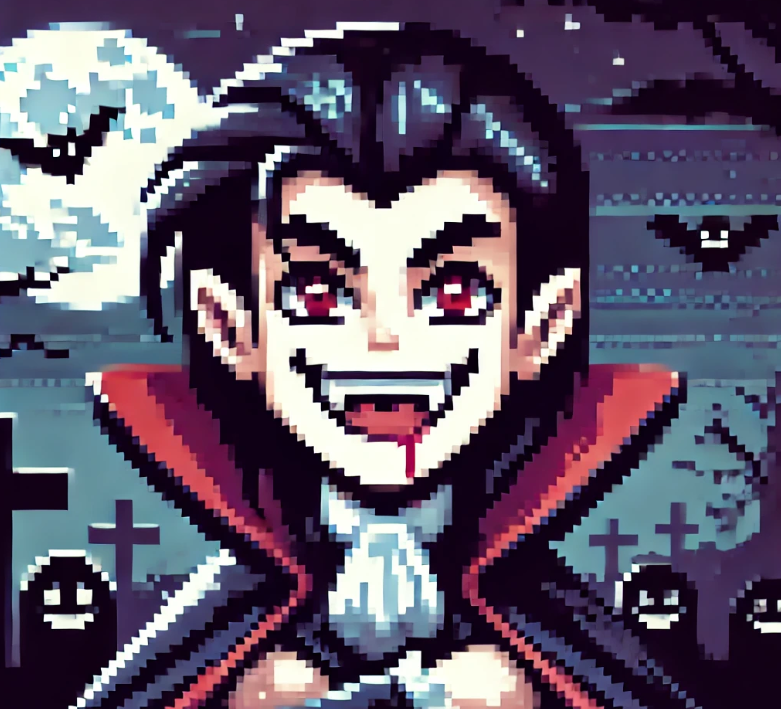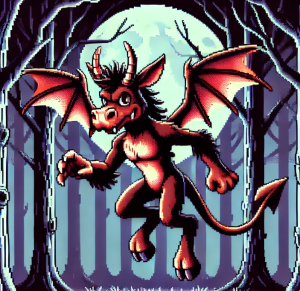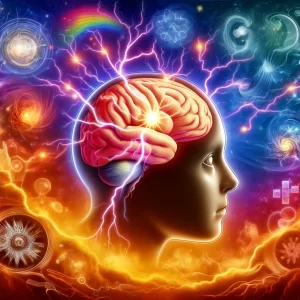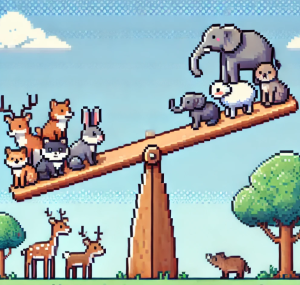
When Darkness Rises: The Age-Old Vampire Legends of Romania
Imagine walking through a quiet village in Romania at dusk. The air grows cold, and the villagers whisper stories of the dead, tales so old they seem woven into the fabric of the land. These are no ordinary stories; they speak of vampires, creatures that defy death, rising from their graves to wreak havoc on the living. In 1926, Agnes Murgoci explored these spine-chilling legends in her work The Vampire in Roumania, a captivating glimpse into how a nation’s folklore reveals deeper truths about life, death, and the soul. But as we uncover these ancient beliefs, we might find that they still have something to teach us today.
What Lies Beneath: The Vampire’s Origin
In Romanian folklore, the vampire is more than just a monster; it’s a reflection of ancient fears about the mysteries of death. When someone dies, it is believed that the soul may linger for up to 40 days before reaching its final resting place. But sometimes, it takes much longer for the body to decompose, and this delay can spark suspicion. If years pass and the corpse remains unnervingly intact, the villagers might declare that person a vampire.
Imagine the horror of unearthing a grave only to find that your deceased neighbor looks disturbingly lifelike. In these moments, the villagers didn’t just sit back—they took action. The body might be washed in wine and water, bones wrapped in clean linen, and religious services held to finally lay the soul to rest. But in some cases, more drastic measures were needed: burning the heart, sprinkling the body with holy water, or even consuming the ashes of the vampire’s remains as a form of protection.
A Haunting Legacy of Epidemics and War
Interestingly, the vampire legends also reflect the impact of real-life tragedies. After World War I, Romania faced widespread death from epidemics and war-related hardships. In some areas, people dug up the dead, disturbed by the fact that bodies buried during the war years had not decayed as expected. These corpses were seen as a threat, and the fear of vampirism led to mass reburials, highlighting the human need to explain the unexplainable—especially when faced with large-scale suffering.
This practice of disinterring the dead wasn’t merely superstition but a deeply embedded ritual rooted in the fear that the dead could return to harm the living. It offers a fascinating window into how communities coped with loss and the unknown, finding meaning in their rituals even in the face of devastating plagues.
Monsters of the Mind: How Belief Shapes Reality
One of the most intriguing aspects of Romanian vampire folklore is the distinction between “live” and “dead” vampires. A live vampire, or strigoi, could send its soul—or even its body—out at night to wander, causing mischief or worse. These creatures would gather at crossroads or on mountains, sometimes meeting other supernatural beings like witches.
The line between the living and the dead blurs in these stories. A vampire might return to visit loved ones, even helping around the house, only for its true nature to be revealed in a gruesome discovery. This blend of the familiar with the terrifying evokes a deep-seated fear: that evil could lurk within even the most ordinary people, and danger might be hiding just beneath the surface of everyday life.
The Power of the Vampire in Today’s World
Though these stories seem distant from our modern lives, they carry a powerful lesson about how we grapple with fear and control. In a way, the vampires of Romania represent our anxieties about death, disease, and the unknown. They are a manifestation of the human need to explain misfortune, whether it’s a mysterious illness spreading through a village or a loved one’s untimely death.
Even today, we see echoes of this behavior in how we deal with crises, from medical mysteries to natural disasters. The human desire for answers, for something to blame, often leads to superstition or scapegoating, much like the villagers who dug up graves and burned bodies in an attempt to protect themselves from unseen threats.
A Deeper Look: Soul or Spirit?
Romanian vampire folklore also offers a unique take on the nature of the soul. While some vampires were believed to be reanimated corpses, others were spirits—souls that wandered the earth, unable to find peace. These spirits, known as strigoi, would gather in places like abandoned houses or churchyards, sometimes appearing as glowing lights in the night sky.
This distinction between body and spirit in vampire lore sheds light on how people once viewed the afterlife. The soul, separate from the body, had its own journey to complete. And if that journey went wrong, the results could be catastrophic not just for the dead, but for the living as well.
Join the Conversation
What do these ancient stories teach us about how people cope with the unknown? Do you think modern fears manifest in similar ways through our current beliefs or superstitions? What lessons can we draw from how these communities dealt with fear and loss? Share your thoughts in the comments below!
Join the Science Adventure
Stay updated with the latest discoveries in science! Our weekly newsletter is perfect for teachers and science enthusiasts. Get the newest research, major breakthroughs, and fascinating stories delivered to your inbox for free. Enhance your teaching and learning. Subscribe today! If you liked this blog, please share it! Your referrals help This Week in Science reach new readers.



